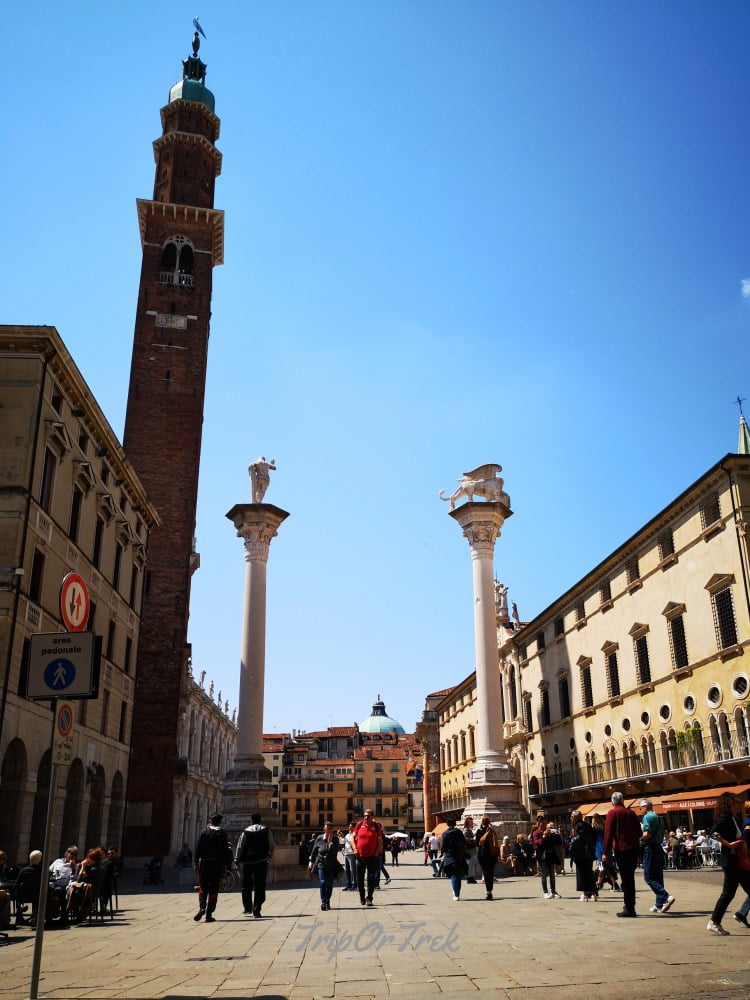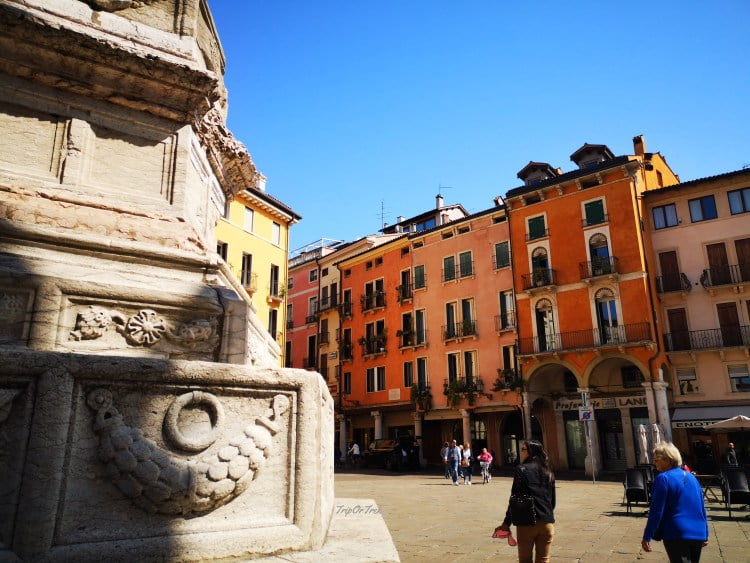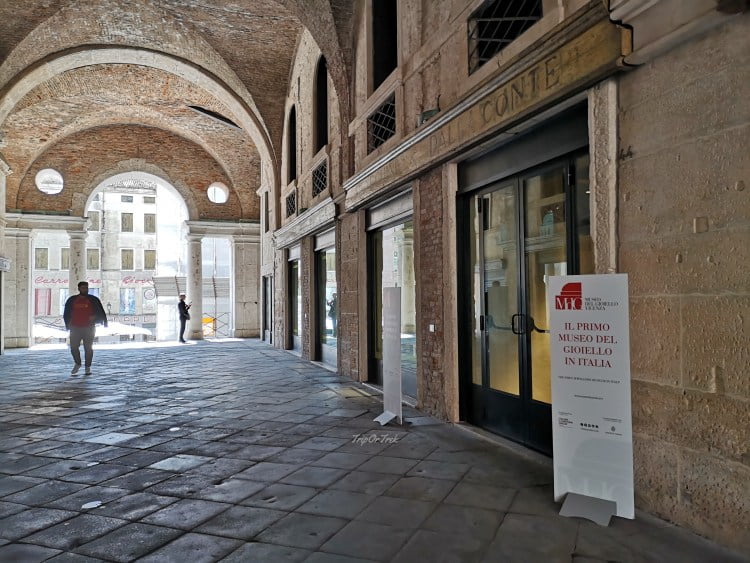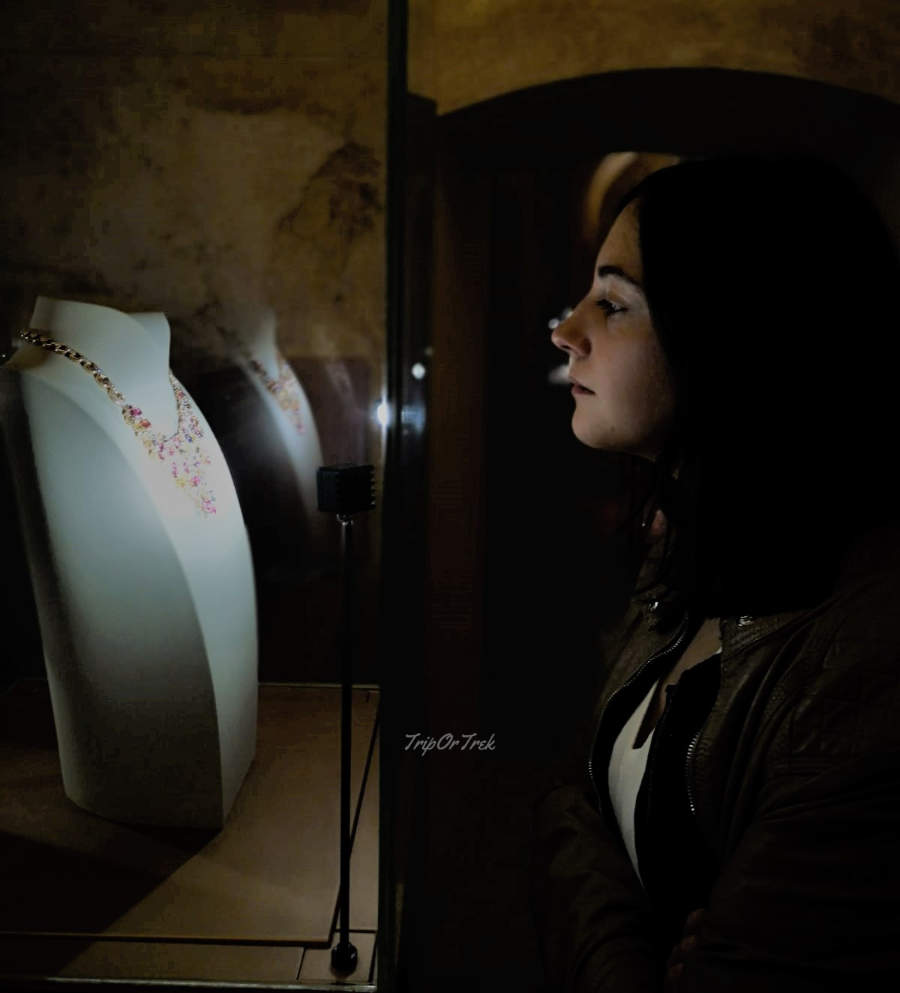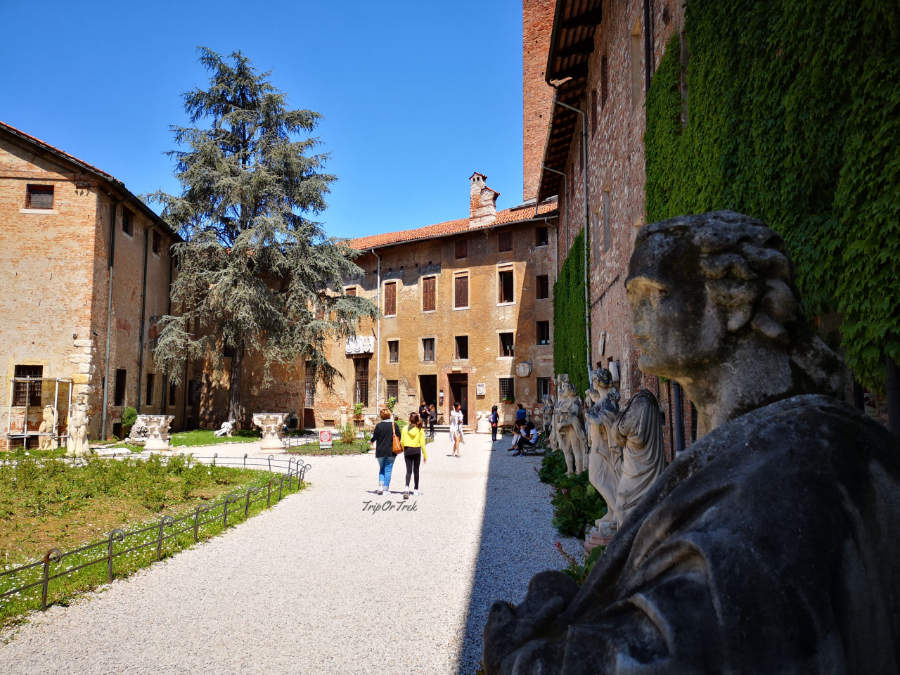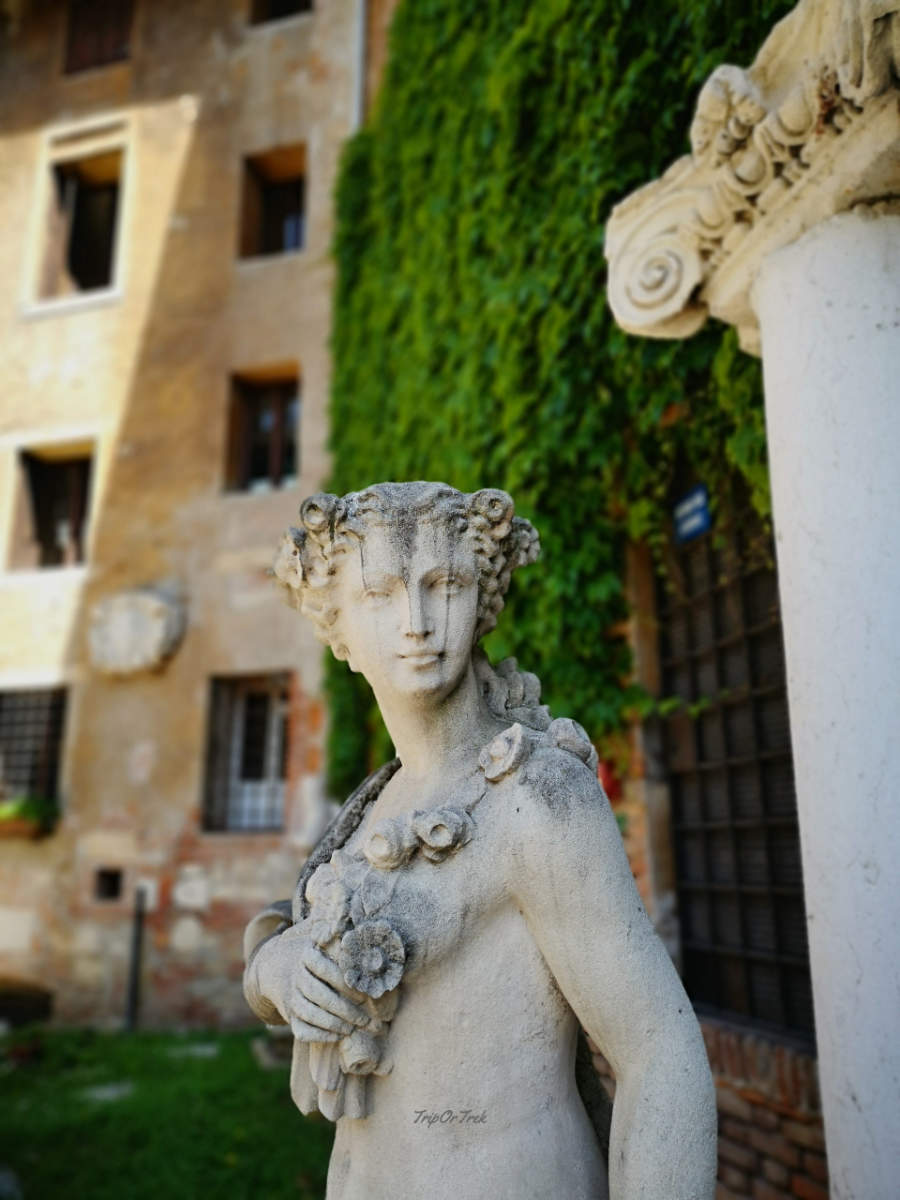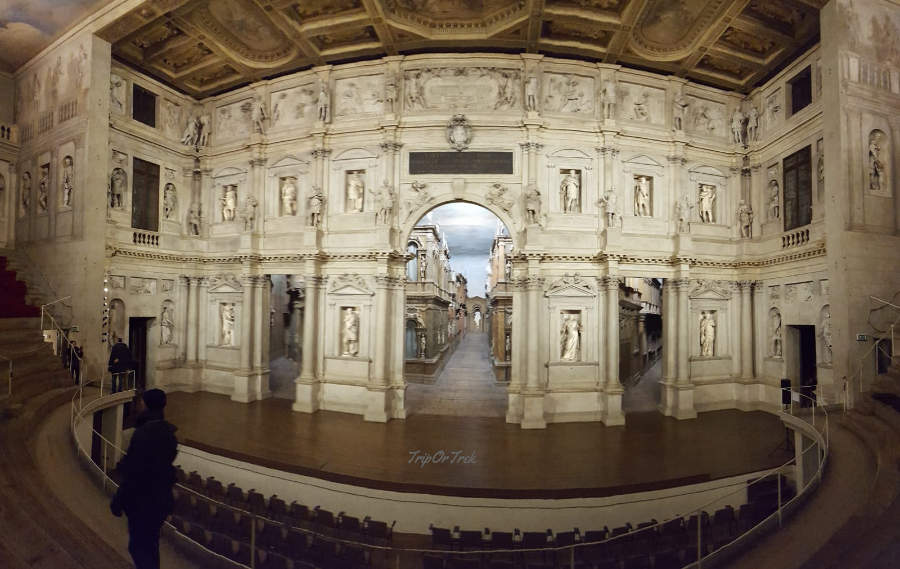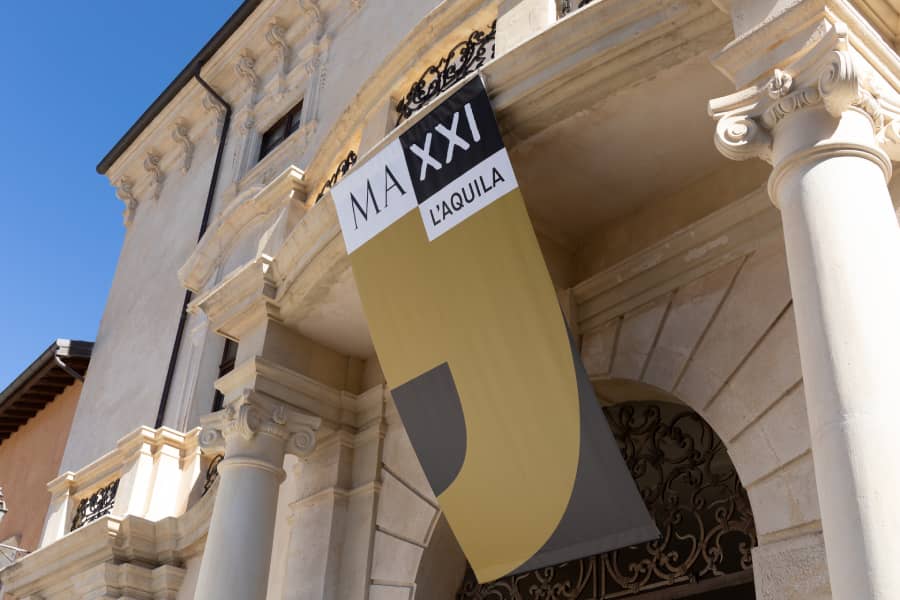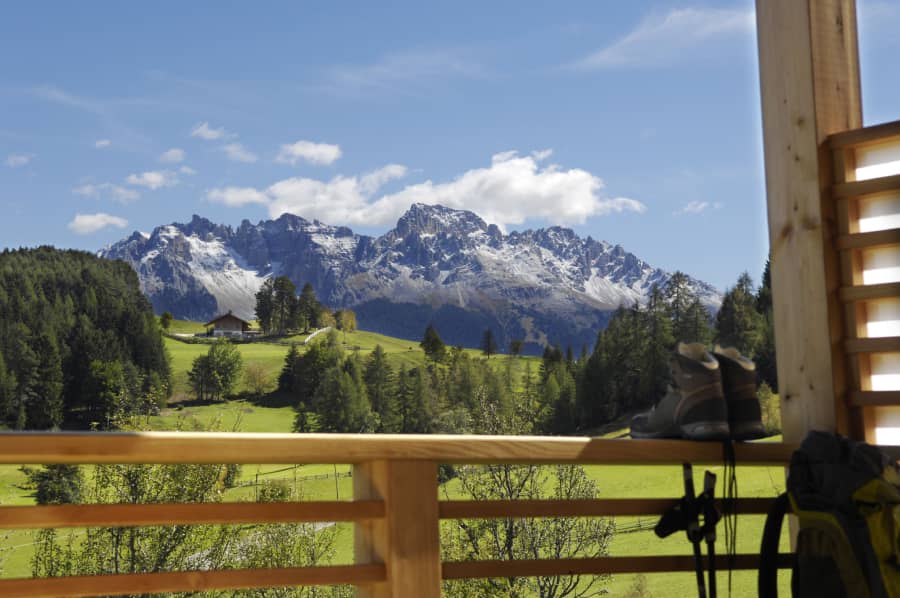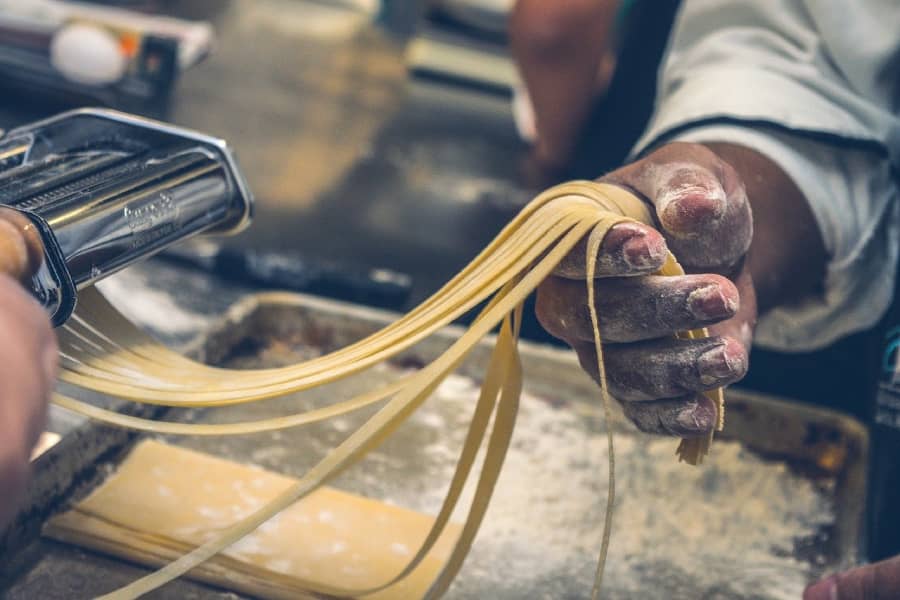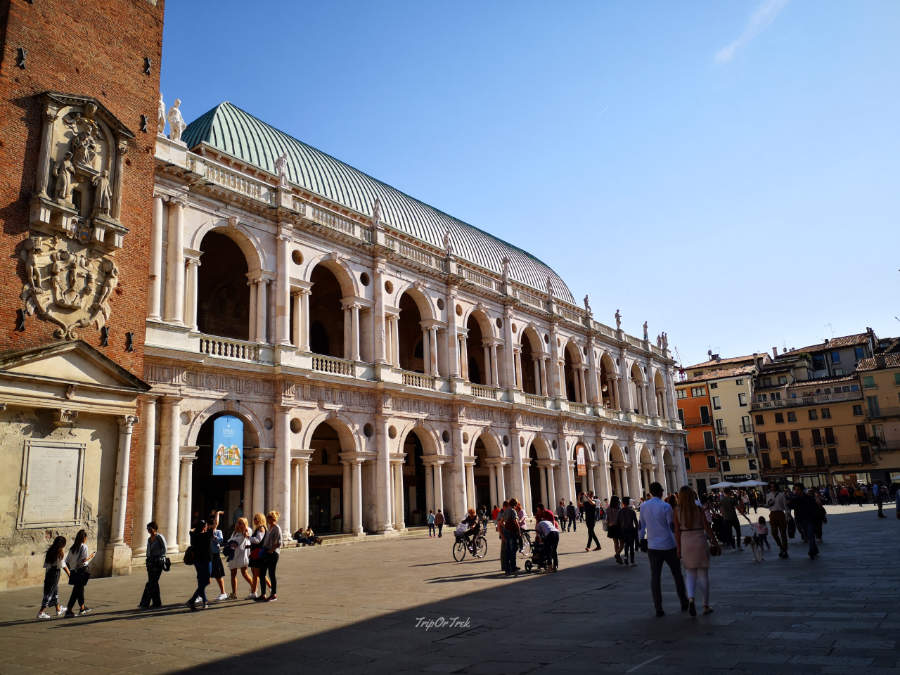
Vicenza is one of the oldest cities in the Veneto region and is best known for the palaces built by the architect Andrea Palladio in the Renaissance. Its history, however, is also linked to an ancient craft handed down from generation to generation and which has made the city famous all over the world: the work of gold. The first document attesting to this characteristic dates back to 1399, or the deed of establishment of the Fraglia degli Orafi in Vicenza which brought together 150 craftsmen. At the time, the skill of the Vicenza goldsmiths was already appreciated by the Venetian nobles and, again, by the Church which, periodically, required them to create precious artifacts. The sector developed further from the 1800s when real small and family-run companies began to grow alongside the artisan workshops.
This story is enhanced in Piazza dei Signori, the heart of the city, and in particular under the loggias of the Palladian Basilica, where the Museo del Gioiello is located, the first exhibition space in Europe and one of the few in the world dedicated exclusively to the goldsmith’s art and to jewelry. Designed by the Vicenza Fair and built in partnership with the Municipality, the museum offers an original aesthetic and cognitive experience on jewelery, enhancing an ancient object deeply rooted in human culture. The jewel, in fact, is a symbol of power, religion, royalty, patriotism, luck, protection, friendship, family, love and even lust and the setting curated by Alba Cappellieri, professor of jewelry design at the Politecnico di Milano and main scholar jewelry in Italy, enhances these aspects by deepening history and curiosities related to the goldsmith art. From talismans to enjoy divine benevolence, to imperial seals, to ornamental and artistic jewels passing through royal jewels, each exhibition hall will surprise you with unique and collectible pieces also belonging to Van Cleef, Arpels, Tiffany, Bvulgari and Cartier.
Among the streets of its historic center, Vicenza also hosts another “jewel” of Andrea Palladio’s architecture: the Olympic theater located in Piazza Matteotti. It was 1580 when the famous architect, who was 72 years old at the time, was commissioned by the Olympic Academy to build a permanent theater venue in the city. He conceived the project taking inspiration from the Roman theaters described by Vitruvius: an elliptical staircase cavea, surrounded by a colonnade, with statues on the frieze, facing a rectangular stage and a majestic proscenium on two architectural orders, opened by three arches and punctuated by semi-columns, at the inside of which there are niches and niches with statues and panels with bas-reliefs and a series of optical devices. Palladio completed the drawing a few months before his death and never saw it completed; it will be his son Silla who will take care of the execution of the works by delivering the theater to the city in 1583. The first performance, on the occasion of the Carnival of 1585 was memorable: the choice fell on a Greek tragedy, Sophocles’ Oedipus King, and the scenography reproduced the seven streets of Thebes which can be seen in the five openings of the proscenium with a refined perspective game. The creator of this marvel was Vincenzo Scamozzi and the effect was so successful that these wooden superstructures have become an integral part of the theater which is now a heritage of Vicenza and humanity.

Viaggio e racconto il tuo territorio scrivendo di turismo, marketing territoriale e storytelling nel mio blog TripOrTrek



